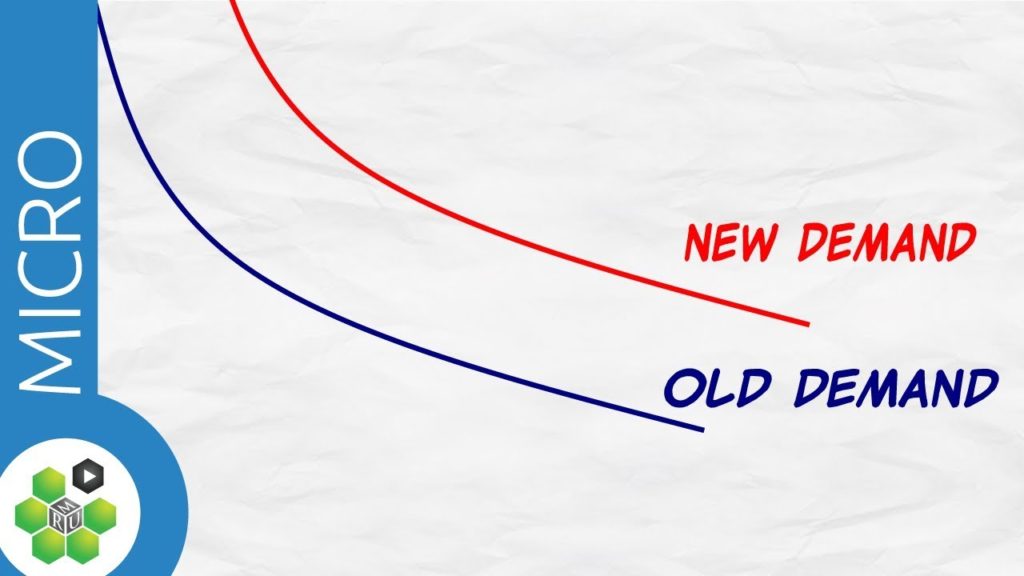Basic Demand Curve

Basic Demand Curve
A demand curve basically depicts the potential demand for a commodity at different prices. An individual demand is Quantity of a good or service that an individual or a firm choose to buy at any possible price in a given period. Market demand is the total quantity of a good or service that all potential buyers would choose to buy at any given price. A demand curve is a graphical representation. It shows various quantities of a commodity that a consumer is willing to buy at different prices, during a given period of time, assuming no change in other factors.
Now we shall start to move into more advanced economic analysis. In this article we shall begin a discussion on the very basic model of demand which is covered under the micro economic part of Economic analysis.
The demand and supply model of Economics is one of the most famous parts of Economics analysis. It is also one of the most helpful in trying to understand how individuals make decisions. Here we shall only consider the basic demand mode and we will move on to the supply model later.
First, we will talk about individual demand, then we will talk about market demand, and finally we talk about how the price of a good affects demand.
Let us begin with individual demand. The formal definition of demand is: The Quantity of a good or service that consumers choose to buy at any possible price in a given period.
Think about what you do every day. Think about some product that you consume on a regular basis. What are the things that make you want that product? Why do you demand that product? Why do you want that product in a certain quantity?
When you think about all the things that cause you to demand a product, you must think about many things? After all, we all think about different things before we consume a product. You will think about what leads you to enjoy the product. You will think about how much the product costs you. You may have consumed so much of some thing that you will want to change what you consume. Or maybe, you saw some thing on TV that you really liked and that made you like the product more.
These things may any thing but most of them can mostly be put into four different groups that determine you demand for a product. These groups are as follows:
- The price of the good is an important influence on what you demand, and how much of the good you demand.
- Your income will determine how much you can buy. You can’t exactly buy a BMW car if you don’t earn that kind of money.
- The price of other goods will also be important in deciding how much you demand for a product. If there is a substitute out there that is cheaper, it will cause you demand that substitute more than the current product.
- Preferences also have a major influence on your demand. You may have the money for a good that is really cheap but if you do not like it, you will not consume that product.
All these reasons are common sense and they provide a base for the analysis of demand.
Above we talked about individual demand. Now we shall talk about more general demand in the form of market demand. The demand you alone have will not be the only demand for a product and will probably not lead to people making and supplying that product. Let us take a look at the demand for a particular product – say, DVDs. The market for DVDs can be looked at one that brings together all the people that demand the product to interact with all the people that supply the product.
Market demand can be seen as the total quantity of a good or service that all potential buyers would choose to buy at any given price. The same four factors that influence one person’s demand will also influence the total market demand for a product. It will also be determined by the number of people willing to buy the product in the market.
Now we will look to form the demand curve of a good by looking at how the price of a good affects the demand for a good. Start by assuming that the four influences we talked about above are constant except for how price influences demand. By constant, it means that they are not changing and only a change in prices are causing a change in demand. This assumption is known as ‘Ceteris Paribus’. Ceteris Paribus is a latin phrase that means ‘other things being equal’. It is used in economics many time to build a simple model. Focusing on just one thing at a time is a way of coping with how complex the real world can be. Let us go back to the demand of DVDs. With all other things being equal, one would expect high demand for DVDs when price is low, and a low demand for DVDs when price is high. There is an inverse relation between price and demand. This is such a strong theory that it is come to be known as ‘Law of Demand’, which means that it is always expected to hold true. Below is a common demand curve:

The demand curve shows the inverse relationship in the demand curve. The higher the price of a good, the lower the quantity demand by people.
This concludes our basic discussion of the demand curve.





Responses